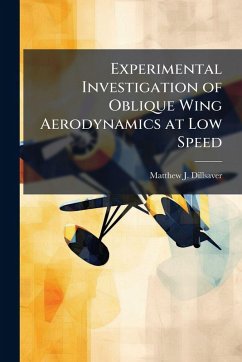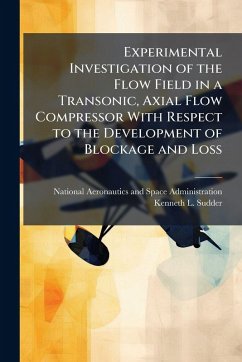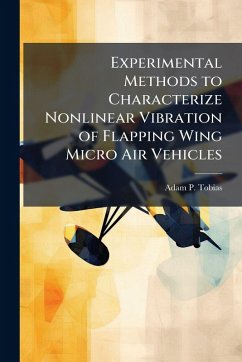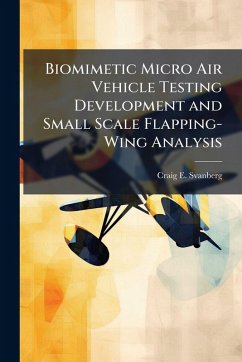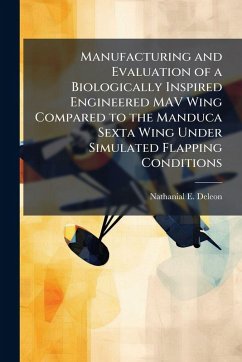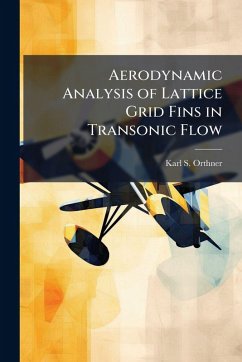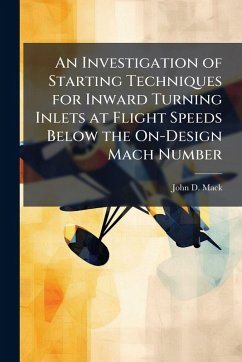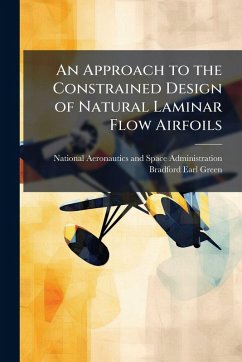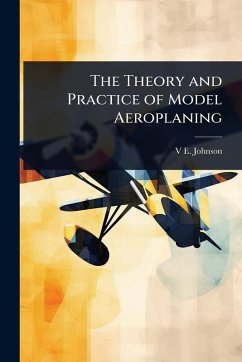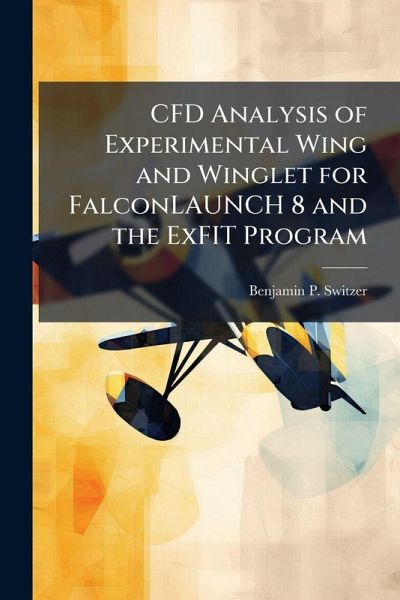
CFD Analysis of Experimental Wing and Winglet for FalconLAUNCH 8 and the ExFIT Program
Versandkostenfrei!
Versandfertig in über 4 Wochen
15,99 €
inkl. MwSt.
Weitere Ausgaben:

PAYBACK Punkte
8 °P sammeln!
Reusable launch vehicles have many benefits over their expendable counterparts. These benefits range from cost reductions to increased functionality of the vehicles. Further research is required in the development of the technology necessary for reusable launch vehicles to come to fruition. The Air Force Institute of Technology's future involvement in the ExFIT program will entail designing and testing of a new wing tip mounted vertical stabilizer in the hypersonic regime. One proposed venue for experimentation is to utilize the United States Air Force Academy's FalconLAUNCH Program which annu...
Reusable launch vehicles have many benefits over their expendable counterparts. These benefits range from cost reductions to increased functionality of the vehicles. Further research is required in the development of the technology necessary for reusable launch vehicles to come to fruition. The Air Force Institute of Technology's future involvement in the ExFIT program will entail designing and testing of a new wing tip mounted vertical stabilizer in the hypersonic regime. One proposed venue for experimentation is to utilize the United States Air Force Academy's FalconLAUNCH Program which annually designs, builds, and launches a sounding rocket capable of reaching hypersonic speeds. In the Spring of 2010 an experimental wing geometry will be flown on FalconLAUNCH VIII for the ExFIT Program. The following study outlines the Computational Fluid Dynamics analysis used to determine lift and drag characteristics as well as temperature distributions of the wing geometry before testing to produce a successful launch. A majority of this analysis focused on the effects caused by shock waves forming on the winglet and their impact on the lifting characteristics and temperature distribution of the wing. Ultimately a recommendation of a 3o angle of attack is given for the experimental wings on the rocket. At this configuration the lift and drag generated by the experimental wings will be at a minimum allowing for greater stability and speed throughout the flight of the rocket. This work has been selected by scholars as being culturally important, and is part of the knowledge base of civilization as we know it. This work was reproduced from the original artifact, and remains as true to the original work as possible. Therefore, you will see the original copyright references, library stamps (as most of these works have been housed in our most important libraries around the world), and other notations in the work. This work is in the public domain in the United States of America, and possibly other nations. Within the United States, you may freely copy and distribute this work, as no entity (individual or corporate) has a copyright on the body of the work. As a reproduction of a historical artifact, this work may contain missing or blurred pages, poor pictures, errant marks, etc. Scholars believe, and we concur, that this work is important enough to be preserved, reproduced, and made generally available to the public. We appreciate your support of the preservation process, and thank you for being an important part of keeping this knowledge alive and relevant.



